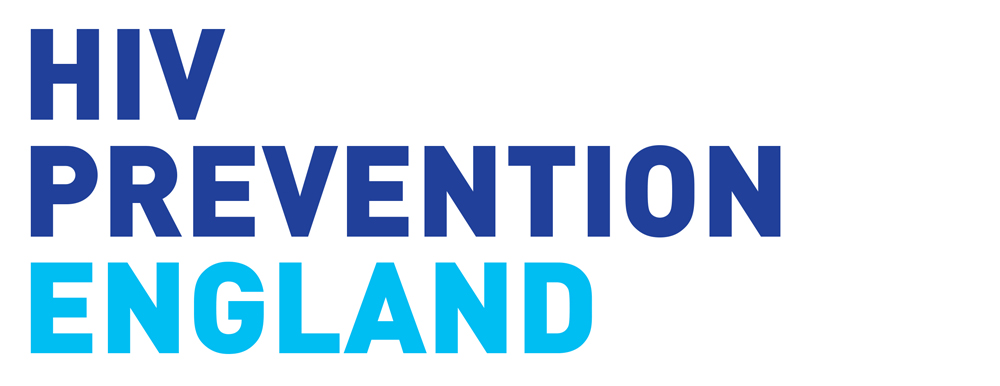On World AIDS Day, the UK Health Security Agency (UKHSA) published its HIV testing, new HIV diagnoses, outcomes and quality of care for people accessing HIV services: 2021 report [PDF].
The report provides an update on the UK HIV epidemic against the backdrop of the emergence and continuation of the COVID-19 pandemic during 2020. COVID-19 affected all aspects of life, including sexual behaviour and access to testing and services. Significant resources continue to be required to respond to the pandemic, and the latest UKHSA report does not include HIV data from Scotland in 2020. Unless stated, this overview looks at data in England only.
The impact of COVID-19
The latest surveillance data follows figures published in September 2021, which reported a 32% drop in new sexually transmitted infections (STIs) in England. Whilst the new report reaffirms that the UK is continuing to see a downward trend in new HIV diagnoses, it is clear COVID-19, and in particular, lockdown restrictions implemented to respond to the pandemic have contributed to this decline during 2020.
- The number of people tested for HIV in sexual health services (SHS) fell by 30%, and 47% of people who tested for HIV did so online in 2020.
- An estimated 4,980 – 6,960 people with HIV were not seen in care during the year, either virtually or face-to-face, more than twice the number in 2019.
- Sadly, at least 99 deaths recorded between March and June 2020 amongst people with HIV were due to COVID-19.
New diagnoses
It is now estimated that there are 106,890 people living with HIV in the UK, of which an estimated 5,150 (5%) remain undiagnosed.
The number of new HIV diagnoses fell by a third (33%) in England, from 3,950 in 2019 to 2,630 in 2020. The decrease was 47% in gay and bisexual men (GBM), but less apparent in people who likely acquired HIV via heterosexual contact (23%), although there were stark variations between different ethnicities.
In relation to GBM, it is believed the year-on-year decline is a continuation of the downward trend reported in recent years, with only a 7% fall in numbers testing for HIV, and access to pre-exposure prophylaxis (PrEP) maintained in 2020. However, the numbers of heterosexuals testing in 2020 fell considerably, and the reduced numbers of new HIV diagnoses are likely a reflection of this.
Late diagnoses
UKHSA have reclassified late HIV diagnoses in 2020, and retrospectively applied a new methodology to provide direct year-on-year comparisons. Using evidence of recent HIV seroconversion, UKHSA have removed people likely to have recent acquired HIV from the late diagnosis data.
Despite this reclassification, late HIV diagnoses continue to remain stubbornly high in England. In 2020, 42% of people first diagnosed in England were diagnosed late. UKHSA warn that in people diagnosed late in 2019 had more than a seven-fold increased risk of death within a year of diagnosis, compared to those diagnosed promptly.
Populations with more than 50% late diagnoses in 2020:
- People aged 65+ (66%).
- People aged 50-64 (59%).
- People of Black African ethnicity (54%).
- Men who likely acquired HIV from heterosexual contact (55%).
- Women who likely acquired HIV from heterosexual contact (51%).
HIV care and treatment
For the first time the UK has surpassed the UNAIDS 95-95-95 targets, in 2020:
- 95% of people living with HIV were diagnosed.
- 99% of those diagnosed were on treatment
- 97% of those on treatment had an undetectable viral load.
Coming soon: in-depth analysis of the latest HIV data
HIV Prevention England will explore the latest HIV surveillance data in more detail in a series of blog posts in early 2022. We will look at the groups most affected by HIV, as well as specific areas of interest, such as HIV testing, people living with HIV and what the latest data means for England’s new HIV Action Plan.
